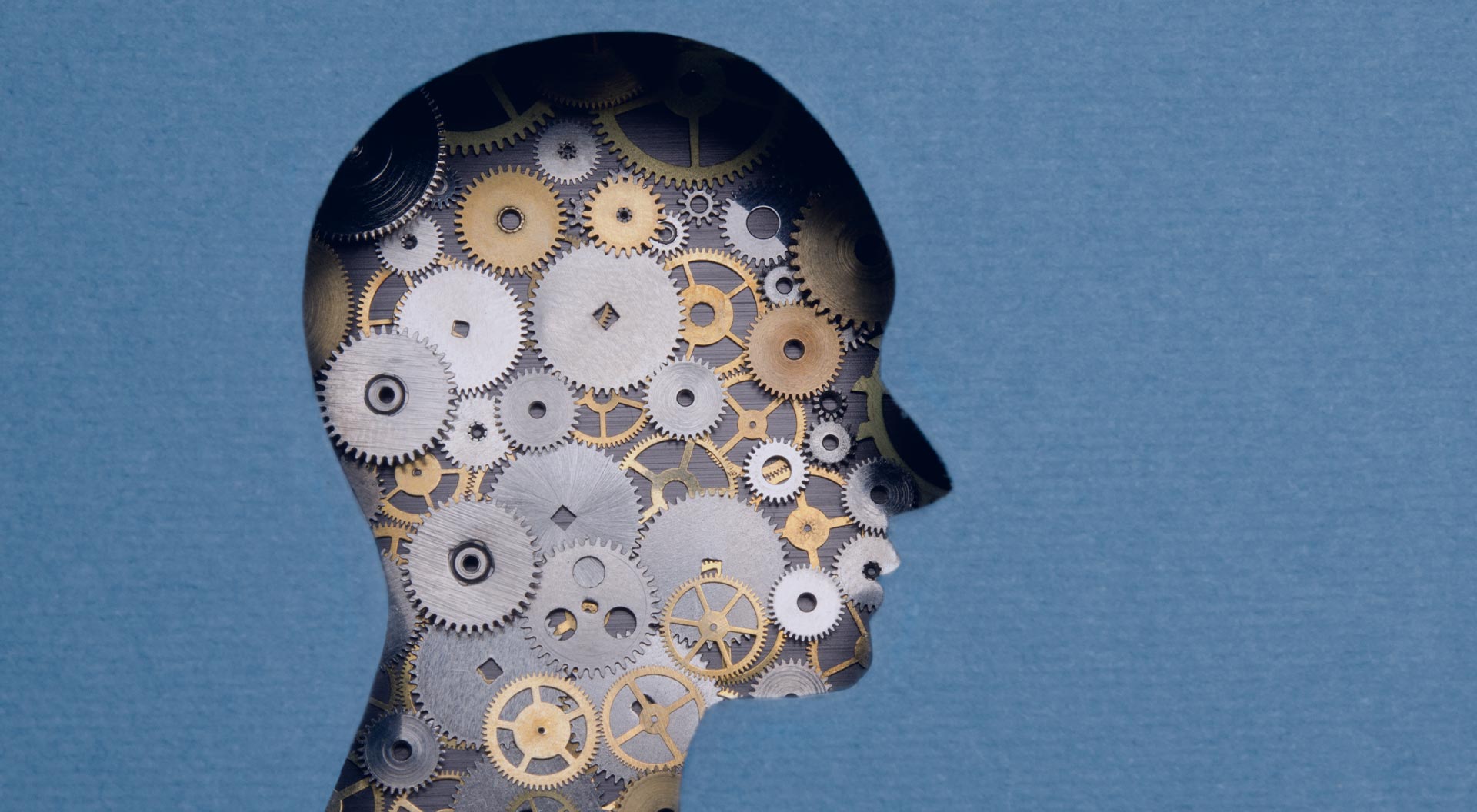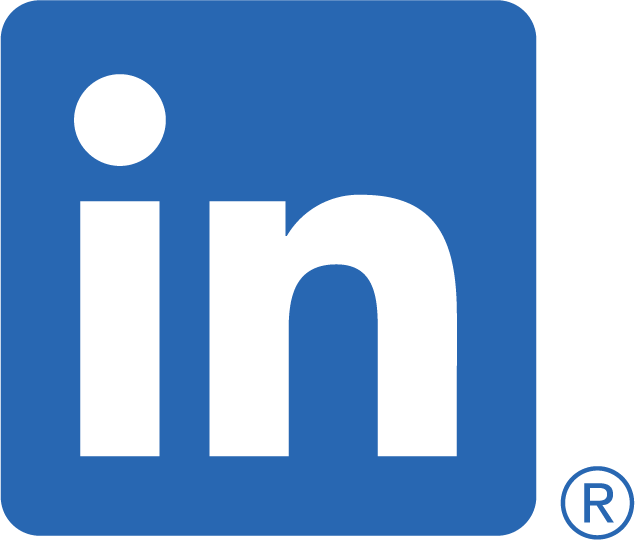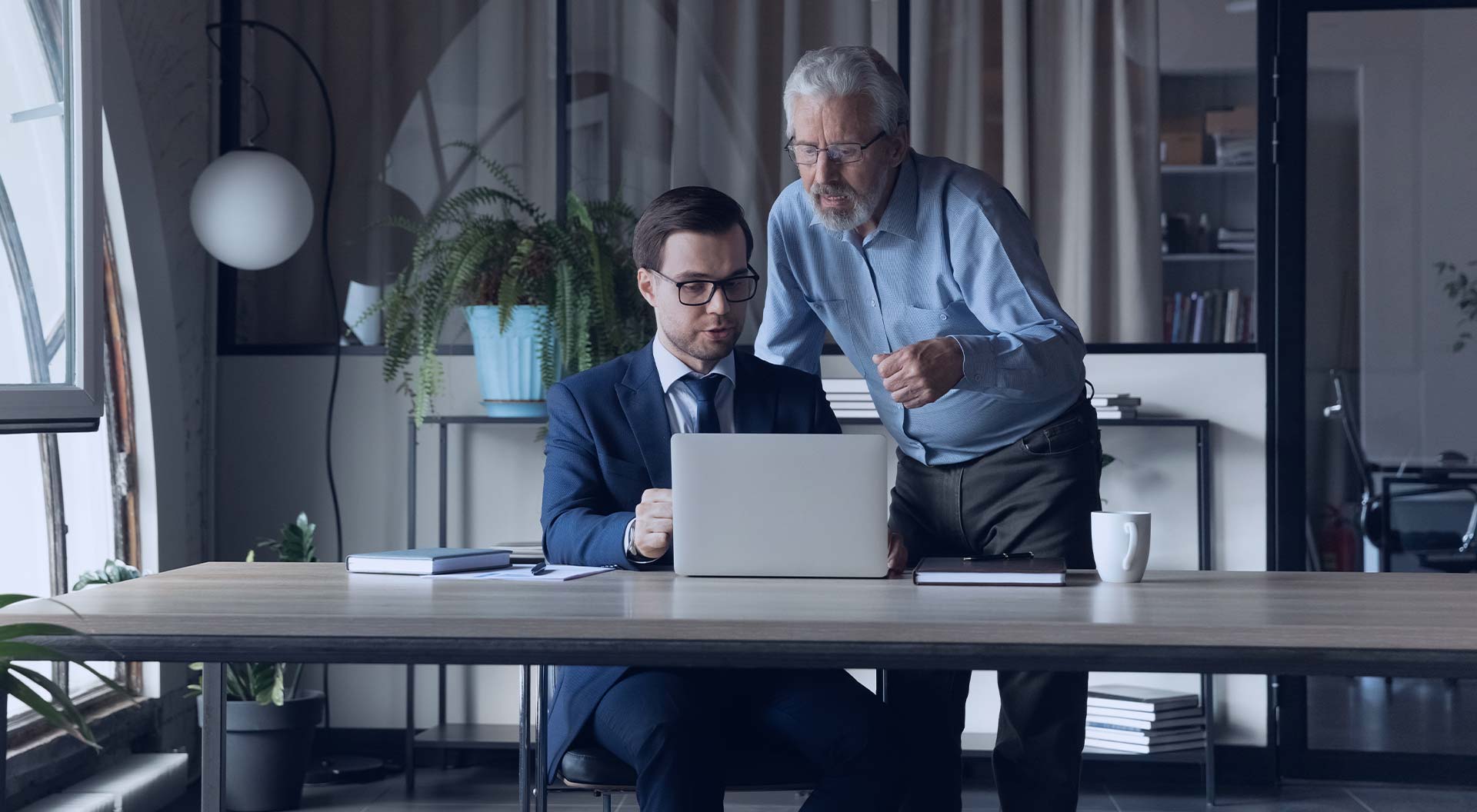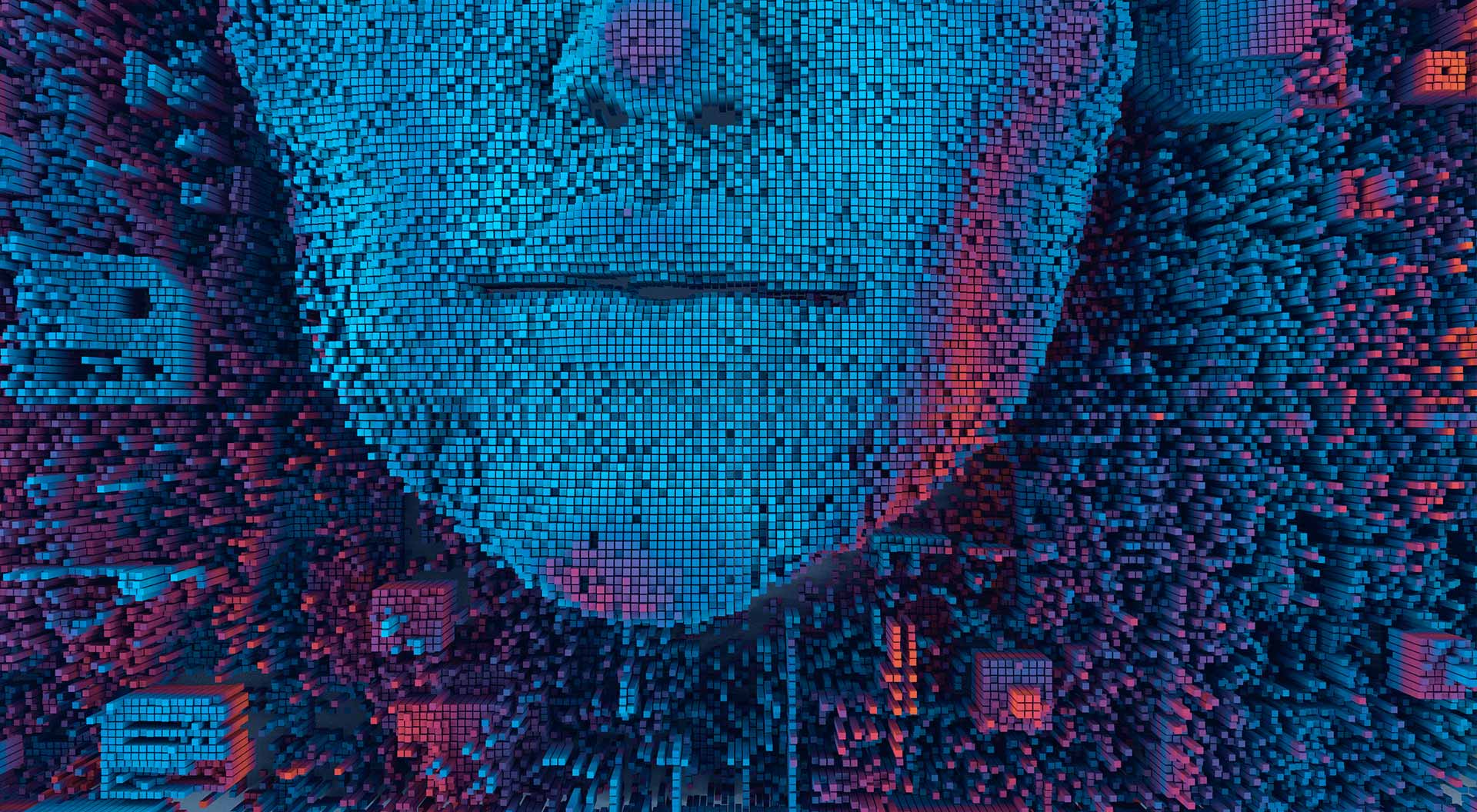Evolution of the CEO: Unleash, Unlearn & Learn
Blog

istock.com/Pogonici
18 December 2020
For anyone on the outside, CEOs seem to be an enviable role - a plush designation, high visibility, and a hefty compensation package. However, what most people would not find enviable are the huge responsibilities and expectations placed on a CEO’s shoulders. Amidst flatter hierarchies, growing challenges, and rapidly changing business realities, CEOs today are increasingly held accountable by their employees, board, investors, stakeholders, shareholders, customers, and more. The buck stops with them.
But never before has there been a sharper focus on the role of the CEO and their impact than now - in the unprecedented COVID-era.
Before we dive into how demanding this role has come to be in the face of a pandemic, it is important to look back at history. It is safe to say that ever since its inception, over a hundred years ago, the role of Chief Executive Officer has consistently evolved to meet changing business needs. Starting from the Post-World War era to the VUCA world, CEOs have always been faced with new realities - the economic boom, the rise of software companies, the onset of globalization, the Great Recession, the Internet age - the list of the yet-to-be-discovered challenges goes on.
A Brief Timeline
Post-World War II Era: As long-reigning companies went public to finance growth and foster expansion, chief executives with deft planning & coordination skills grew in demand.
The Globalization Era: In the face of growing global competition, corporate stewardship became a mandate for CEOs and their boards, with the goal to maximize earnings.
Post-Internet Era: After the birth of the internet, companies truly felt the need for onboarding specialists - leaders who can navigate the always-on world of the internet.
The truth is, a dynamic world has always been every CEO’s reality. But the COVID era brought the world to an abrupt pause only to push it back into motion rapidly. The pandemic presented challenges that had an impact on everything. Soon, CEOs found themselves grappling with remote working, disrupted supply chains, wary consumers, political uncertainties, and macro-economic upheavals.
Challenged by this global health crisis, CEOs were expected to reinvent at an unrelenting pace, achieve more in less time; display ingenuity. Some hospitals, for example, were pushed to grow their teleconsultation services in a matter of days instead of years. In some cases, businesses had to reinvent their entire supply chain and manufacturing capabilities to produce masks & sanitizers.
Enabling the Evolution
CEOs today must compete with the ongoing disruption to constantly evolve and at the same time, help their organizations evolve at a faster pace than ever before. To enable this change, CEOs need to use every opportunity to show their conscious intent to everyone involved. This means being open to dialogue, acknowledging and accepting challenges, and using failures as important lessons. Embracing change starts with accepting the need to reimagine the old ways and doing so at a constant and unimagined speed - only then can one expect to find solutions when presented with unforeseen challenges like the one we are all facing currently.
Let us focus on 3 irreplaceable changes critical to this evolution.
- Get ready to unlearn
The key to transform and evolve from the old ways is going to fundamentally be learning to unlearn. It may be easier said than done, but unlearning is the first step towards building a long-term learning mindset. In turbulent times, our instinctive reaction may be to hold tight to our views, what we have always known to work. However, different times call for different ways of thinking. Whether it is a process, a culture, or a practice - what was once known to work may no longer be relevant today. CEOs and the people they lead must be willing to quickly unlearn ways that stand in their path to growth.
- Long-term Learning
A long-term learning mindset builds an intent to step into the constantly evolving challenges more courageously and with confidence that nothing is insurmountable. The need of the hour is to think long-term. Training and knowledge, today, needs to be focused on enabling employees to make learning in leaps and make a lasting impact rather than small steps. This learning mindset needs to be culturally ingrained rather than just a one-off push i.e building an organization that is continuously learning. The entire leadership team along with every other team involved needs to buy into this way of life for an organization to be future-ready.
- Matching the speed of change
Along with a fostering learning mindset, employees will now need to contend with the fact that it is not existing knowledge that will create an extra edge for them in the organization, but it will be their willingness to unlearn and learn and do so quickly. The latter being of utmost importance. The speed of unlearning and learning will make all the difference, helping organizations and leaders stand out from the competition.
The Way Forward
“The illiterate of the 21st century will not be those who cannot read and write, but those who cannot learn, unlearn, and relearn.” ― Alvin Toffler
For the times we live in, truer words could not have been spoken. No matter what the future holds, if there is one thing that is certain it is the importance of unlearning the old and embracing the new.








